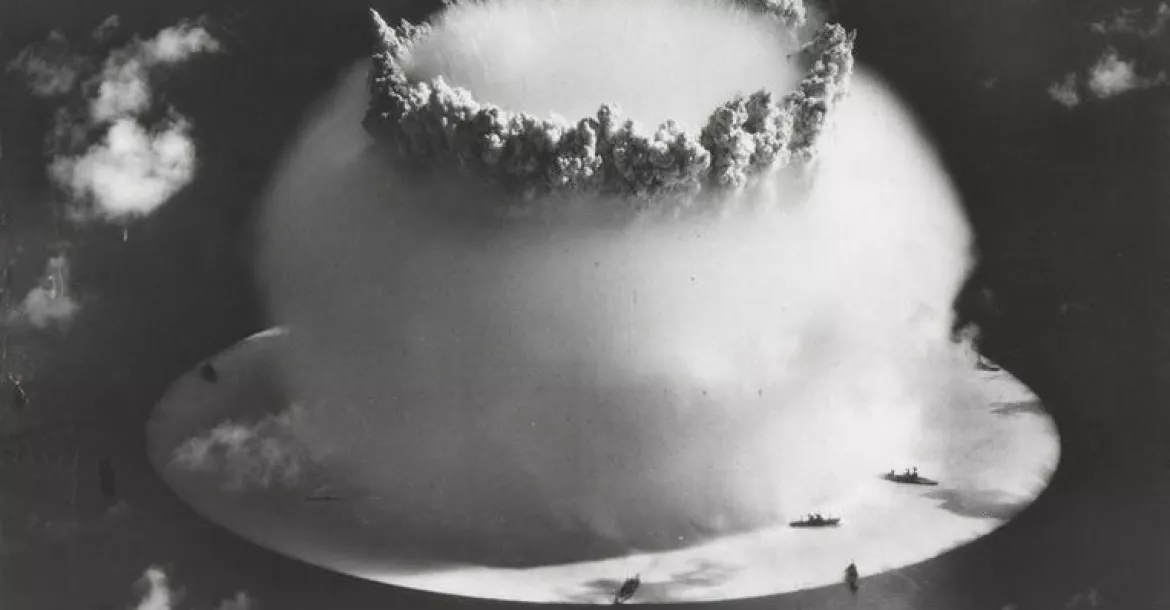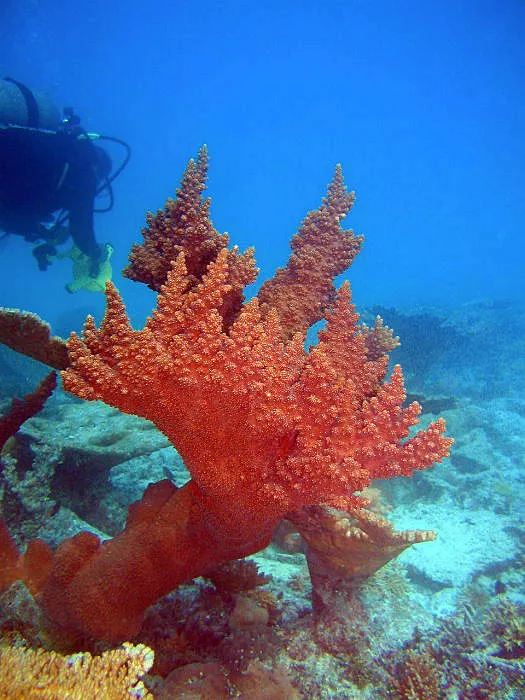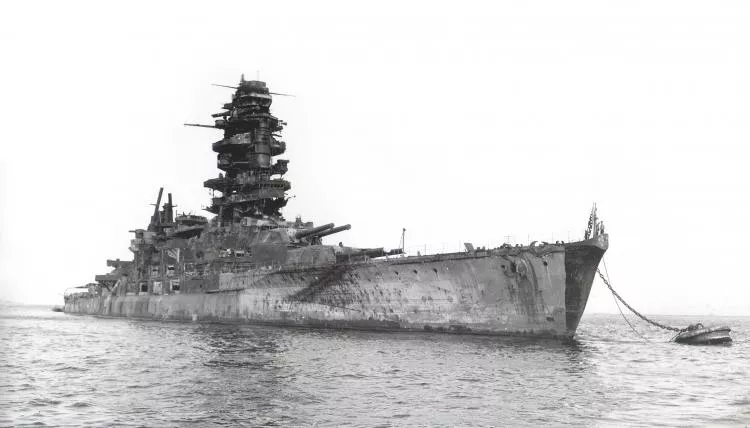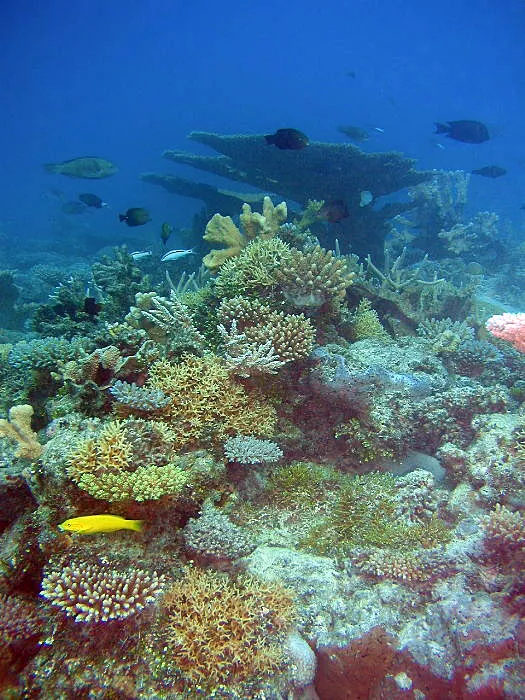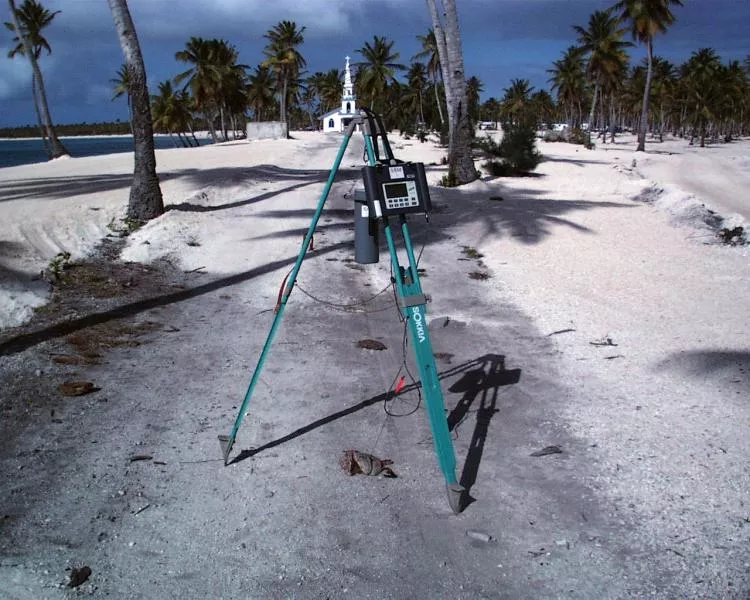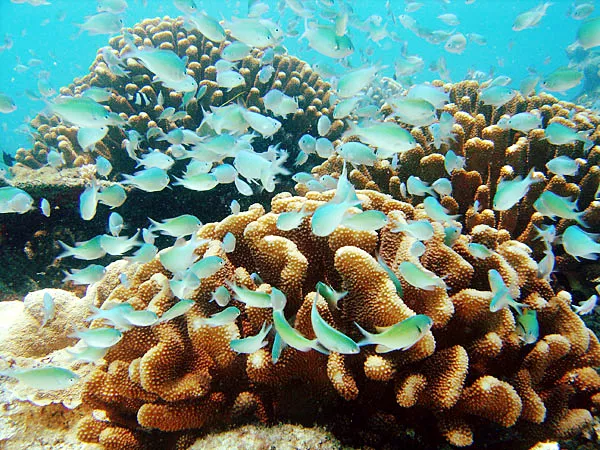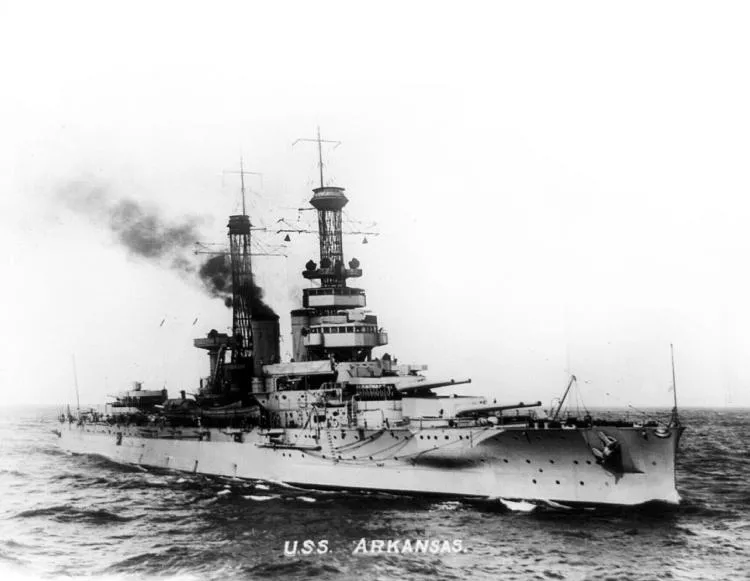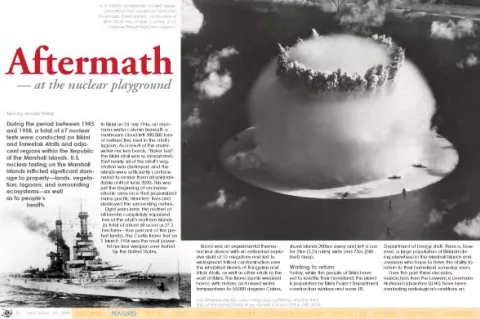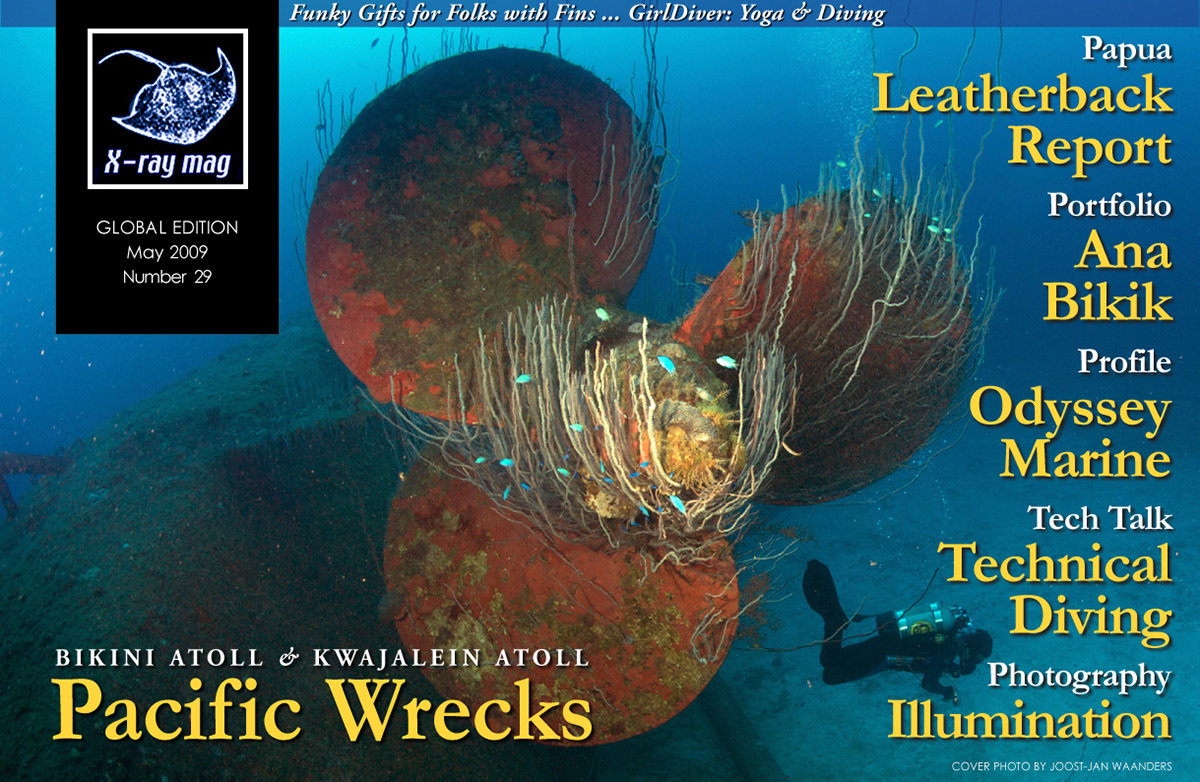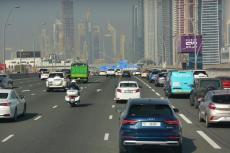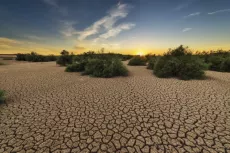During the period between 1945 and 1958, a total of 67 nuclear tests were conducted on Bikini and Eniwetok Atolls and adjacent regions within the Republic of the Marshall Islands.
Contributed by
In Bikini on 24 July 1946, an enormous water column beneath a mushroom cloud left 500,000 tons of radioactive mud in the atoll’s lagoon. As a result of the underwater nuclear bomb, “Baker Test”, the Bikini atoll was so devastated, that nearly all of the atoll’s vegetation was destroyed, and the islands were sufficiently contaminated to render them all uninhabitable until at least 2030. This was just the beginning of an insane atomic arms race that jeopardized many pacific islanders’ lives and destroyed the surrounding nature.
Eight years later, the mother of all bombs completely vaporized five of the atoll’s northern islands (a total of about 68 acres or 27.5 hectares—four percent of the pre-test lands). The Castle Bravo test on 1 March 1954 was the most powerful nuclear weapon ever tested by the United States.
Bravo was an experimental thermonuclear device with an estimated explosive yield of 15 megatons and led to widespread fallout contamination over the inhabited islands of Rongelap and Utrōk Atolls, as well as other atolls to the east of Bikini. The Bravo bomb wreaked havoc with nature, as it raised water temperatures to 55,000 degrees Celsius, shook islands 200km away and left a crater 2km (1.24 miles) wide and 73m (240 feet) deep.
Waiting to return
Today, while the people of Bikini have yet to resettle their homeland; the island is populated by Bikini Project Department construction workers and some US Department of Energy staff. There is, however, a large population of Bikinians living elsewhere in the Marshall Islands and overseas who hope to have the ability to return to their homeland someday soon.
Over the past three decades, researchers from the Lawrence Livermore National Laboratory (LLNL) have been evaluating radiological conditions on affected atolls and using the data to develop dose assessments for resettled and resettling populations. According to scientists at the LLNL, should the Bikinians decide to resettle, then it will probably be necessary to monitor the return of the population to provide ongoing assurances that safety standards are being met. These programs would probably stay in place at least through the next 10-20 years.
The LLNL provide technical support and conduct radiological surveys to verify the effects of cleanup activities to the local government. There are established a number of permanent radiological monitoring facilities at remote locations in the Marshall Islands.
Cleaning up
The largest contributor to radiation doses from exposure to residual fallout contamination in the Marshall Islands comes from cesium-137. This substance has entered the food chain and is found in, for example, Coconut crabs and locally grown breadfruit, which are important food sources on the islands.
Cesium-137 radiation from plants that grow on the islands is another major contamination source. Another contamination source is plutonium, which is also being tracked through measurement technology in support of the Marshall Islands plutonium urinalysis (bioassay) program.
Researchers from LLNL have worked out a rehabilitation scenario involving treatment of agricultural areas with potassium fertilizer and removal of the top 40cm of soil from the housing and village area. This method would actually expose the future habitants of the contaminated islands to a radiation level well below what is normal from natural radiation sources in, for example, the continental United States.
Is it really safe to dive at Bikini?
As Bikini has been developed into a dive travel destination, the question of the potential radiological dose from recreational diving and swimming in and around the ships has been raised. There is concern about the radiation both from the radionuclides present in or on the ships and in the seafloor of the lagoon (sediments).
Research shows that the dose from caesium-137, cobalt-60 and bismuth-207 in the sediments on the ships and in the lagoon bottom while swimming near the ships is so low that it is, for all practical purposes, zero. The dose to a person on land anywhere in the world, for a specific period of time, would be higher than the dose from swimming in the lagoon and diving near the ships for the same period of time.
To give you an additional perspective, the caesium-137 concentration in lagoon sediment is much less than the caesium-137 concentration in surface soil in the United Kingdom and Northern Europe from the Chernobyl accident. The primary potential route of exposure of people from alpha and beta-emitting radionuclides is by inhalation. There is no chance of inhalation of these radionuclides while diving on the ships or swimming in the lagoon near the ships. It can therefore be concluded that a diving trip to the Bikini Islands is not harmful.
Radiant marine life
Nature has again showed an astonishing ability to recuperate after manmade disasters. Half a century after the last earth shattering atomic blast shook the Pacific atoll of Bikini, the corals are flourishing again.
An investigation concluded in early 2008 by an international team of scientists from Australia, Germany, Italy, Hawaii and the Marshall Islands, has revealed some truly remarkable findings. The expedition examined the diversity and abundance of marine life in the atoll.
One of the most interesting aspects is that the team dived into the vast Bravo Crater left in 1954 by the most powerful American atom bomb ever exploded (15 megatons—a thousand times more powerful than the Hiroshima bomb).
“I didn’t know what to expect— some kind of moonscape perhaps. But it was incredible, huge matrices of branching Porites coral (up to 8 meters high) had established, creating thriving coral reef habitat. Throughout other parts of the lagoon, it was awesome to see coral cover as high as 80 percent and large tree-like branching coral formations with trunks 30cm thick. It was fascinating—I’ve never seen corals growing like trees outside of the Marshall Islands,” said Zoe Richards of the ARC Centre of Excellence for Coral Reef Studies and James Cook University, after diving into the crater.
However, more than 50 years later, not everything has returned to the state it was before. At least 28 species of coral previously found in the area has become locally extinct. “The missing corals are fragile lagoonal specialists—slender branching or leafy forms that you only find in the sheltered waters of
a lagoon,” Richards explained.
For comparison, the scientists also dived on neighbouring Rongelap Atoll, where no atomic tests were carried out directly, although the atoll was contaminated by radioactive ash from the Bravo Bomb. The Rongelap Atoll is the second largest atoll in the world with a huge amount of coral reef diversity and biomass; it lies upstream from Bikini. The scientists have reason to think that these corals are seeding the Bikini corals, helping the reefs to recuperate. ■
Sources:
Marshall Islands Dose Assessment and Radioecology Program
Robison W.L. (1990). The Archeology of the Atomic Bomb, US National Park Service Publication, Report UCRL-ID-123374, Lawrence Livermore National Laboratory, Livermore CA 94550.
Robison, W.L., Bogen, K.T., Conrado, C.L., 1997. An updated dose assessment for resettlement options at Bikini Atolla U.S. nuclear test site. Health Physics 73(1): 100-114; 1997.
Hamilton and Robison (2006), The effective and environmental half-life of cesium-137 at former nuclear test sites in the Marshall Islands, Report UCRL-MI-206535, Lawrence Livermore National Laboratory, Livermore CA 94550.
Bikini on the web:
www.nuclearclaimstribunal.comtesting.htm
www.ns.iaea.org/appraisals/bikini-atoll.htm
www.bikiniatoll.com
Shipwrecks:
www.nps.gov/history/history/online_books/swcrc/37/chap4.htm

